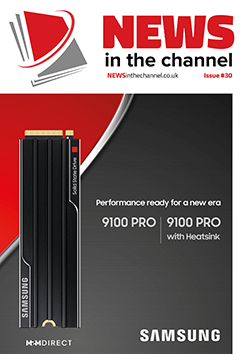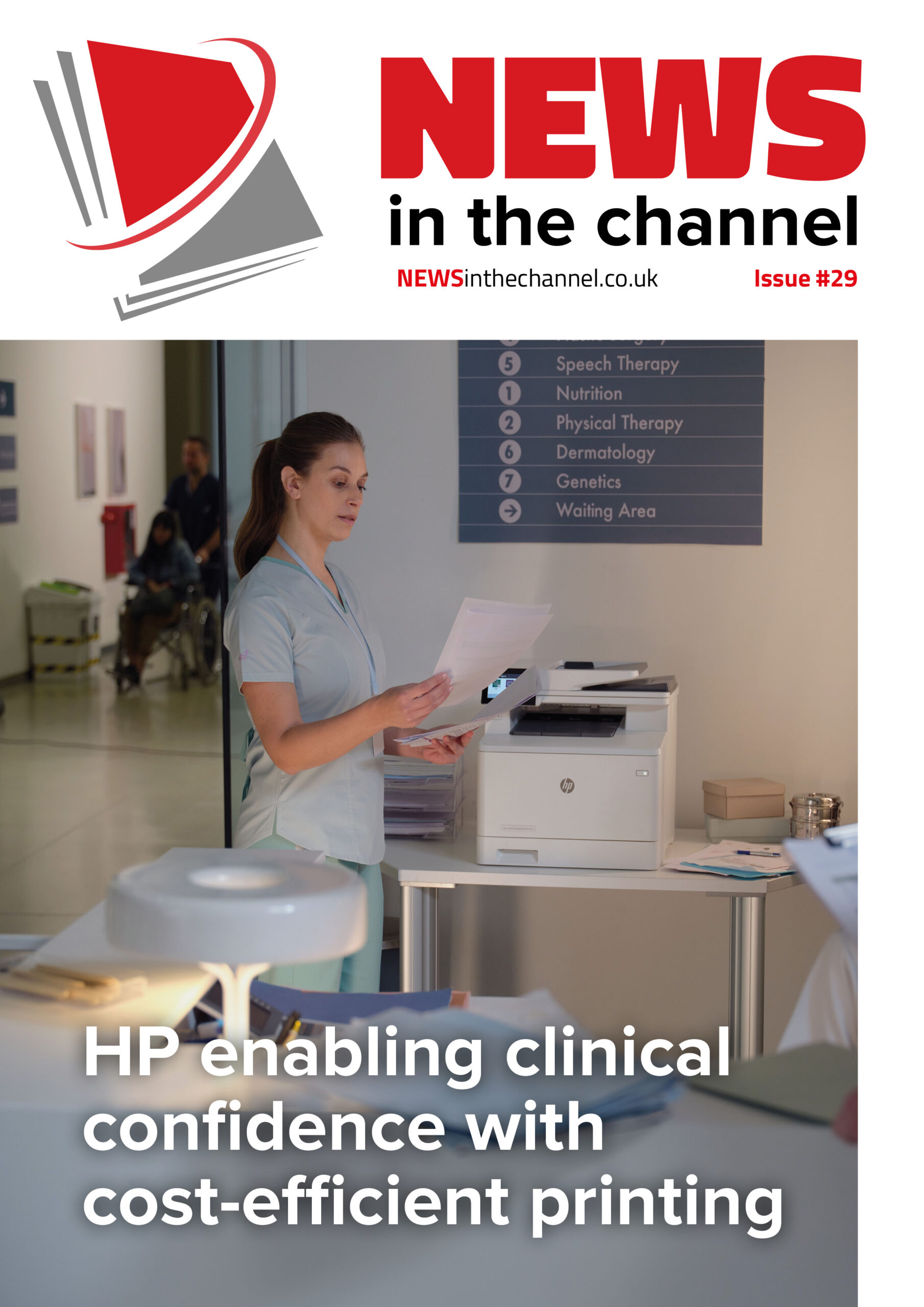Customers are increasingly looking for sustainable products to help with their environmental goals, and a new system gives this information for resellers to display to them in a consistent manner for the first time, right down to individual SKUs.
With sustainability becoming an increasing priority for businesses across the board, many now want to know how environmentally friendly the office products they are purchasing are. But finding this information hasn’t always been easy as there hasn’t been a system for transparently and independently rating the sustainability of products. Until now.
Long-established OP and IT value-add distributor JGBM Ltd saw the need for a system and, after an 18-month gestation period, has recently launched a rating system called EcoScore.
“EcoScore is an environmental assessment system that rates individual tech products based on their stability,” explains John George, managing director of JGBM. “We’ve rated every SKU that we sell. Each SKU receives a leaf rating from zero to three leaves based on their sustainability performance.
“It’s designed to be used in two ways: (a) for resellers to include on their websites, webshops and product pages and (b) for VAR resellers’ sales teams to use when quoting on tenders. The world has changed and so has how people buy – customers increasingly expect suppliers to support their sustainability goals. But there’s been a lack of accessible sustainability information about sustainability.”
John says that the idea came from a Brother printer seminar he attended about three and a half years ago. “It was about the importance of sustainability and the pressure being put on tech brands to create sustainable products,” he explains. “Because of our history of creating innovative tools for resellers, and the product knowledge we’ve got, we looked into what we could build for that.”
The result is EcoScore, which rates all the 3,500 tech products JGBM has from 40 brands in 40 categories. Each product will have typically up to 35 sustainability attributes – from where it is made to whether there is a powersave mode to the amount of plastic contained in the box it is delivered in – which is collated and from that a score and a final leaf rating is devised, with three being the most sustainable.
Necessarily complex
John admits that developing the EcoScore system was complicated. “But in one respect, it’s good because that’s why nobody’s done it before,” he laughs.
The development process included collating product information from manufacturers – including sending out a questionnaire – and employing an environmental science undergraduate who applied the latest knowledge in the field to develop the ratings.
The JGBM development team then created an algorithm, which enabled them to collate scores from the sustainability attributes and come up with a final points score and leaf rating.
The scoring system is complex, but necessarily so as it varies between product types – but this means you get consistency as when comparing similar products, you get a like-for-like score.
“It identifies the most sustainable product in a category – so, for instance, if a user is looking for a printer, its leaf rating is only compared against similar printers,” explains John. “You can find the most sustainable product in that category, but it doesn’t necessarily mean it is particularly sustainable. A three-leaf rated shredder is not the same as a consumable that is completely recyclable, however that’s immaterial here as the goal is to detail the most sustainable product in the category that that product is in.
“An important thing to note is that not every product achieves a rating. If a product doesn’t achieve a minimum number of points, it doesn’t get rated. That makes sense because if you rate everything, that just is greenwashing, isn’t it?
“We also found that older products have got much lower scores. Newer products, because manufacturers are working towards sustainability goals, have higher scores, which is as it should be.”
John adds that the leaf ratings will change over time. The ratings will be updated every quarter, which will then reflect newer and more sustainable devices, with different attributes, that come onto the market. “The attributes will change over time, but so will the rating, so as better products come to market, sustainability-wise, something that was three leaves will be bumped to two, for example,” he says.
Benefits
EcoScore has three tiers for resellers, with tier one and two for reseller webshops and tier three for IT channel VARs. “Tier one is basic information, it’s the leaf rating plus a snippet of information explaining what EcoScore is,” explains John. “We made tier one free because we want to get the reach.
“In tier two, there is a small charge, but it delivers much more information including the actual vendor responses on every attribute measured across the categories. In addition, there is EcoScore certification that can be downloaded and sent to customers when resellers are quoting. Finally, Tier 3 is essentially the source data, and certification, that can be used in a bespoke way for integration into resellers’ platforms.”
EcoScore has received a positive response, according to John. “We’re excited about EcoScore because the market’s screaming out for it,” he says. “We’ve had a big response since it was launched a few weeks ago, with more than 35 resellers now utilising it. In fact, to date we’ve had 100% take up. Now that vendors are seeing it, they’re very much keen to engage with EcoScore, but also to improve their ratings over time, which is great to see.
“Resellers’ customers are increasingly demanding that information we have on EcoScore, so if a reseller delivers it, it increases their value add and gives them an advantage over the competition that doesn’t have EcoScore.
“Customers are also increasingly deterred from purchasing brands with poor environmental practises and demonstrate loyalty towards suppliers that provide that information for brands. It puts pressure on to improve their sustainability of their products.”
For EcoScore, this is just the beginning as John and his team seek to roll it out to the market and refine the system to provide the ever-increasingly accurate information that customers want.











